One hundred and ten years ago, my grandfather on my mother’s side used to leave his parents’ home in an-Naqab and come to Gaza to trade.
Sulaiman Abu-Said would leave on his camel from an-Naqab at 5:00 am, arrive in Gaza at 7:00 am, sell his goods, and go back home at 5:00 pm. But that is history now. Today, Israel would never allow this to happen.
Moving without borders and traveling without restrictions is part of the nomads’ identity and way of life, but Israel destroyed that too.
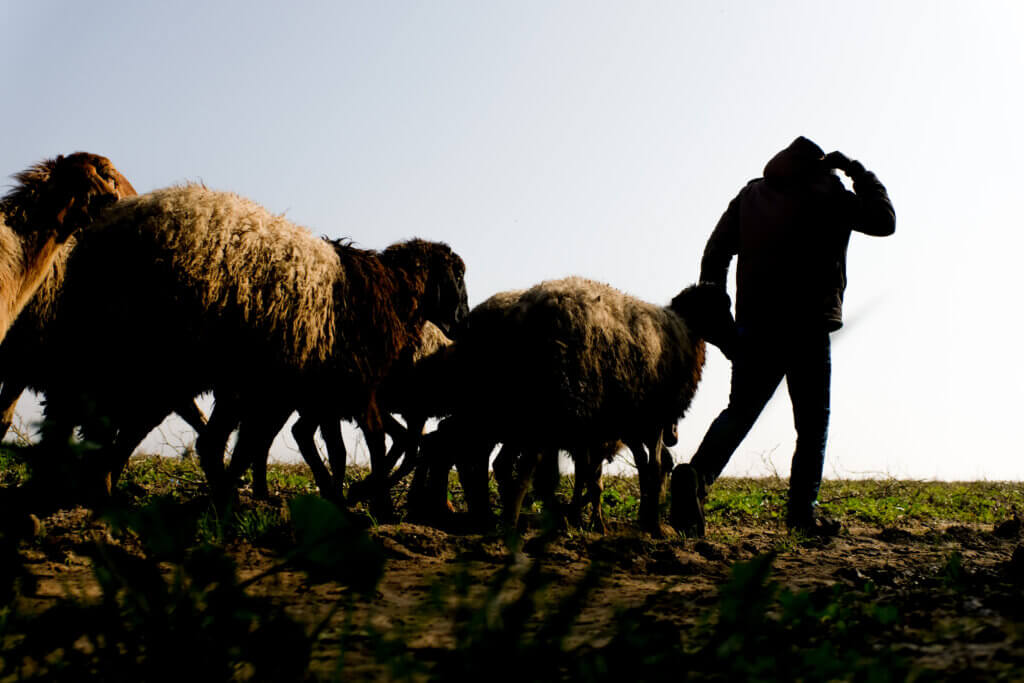
During the 19th century and the first half of the 20th century, the semi-arid region of the an-Naqab was inhabited mostly by semi-nomadic Bedouin tribes.
Heavily armed Jewish militias attacked an-Naqab in 1948. During the Nakba they killed many Palestinians and forced even more to leave. Some of them left for Jordan, some for the Sinai Peninsula, some for other cities in north Palestine and some for Gaza. And some remained, steadfast, only to be treated as 4th class citizens by Israel.
My grandfather had to leave for Gaza with his wife and children. He never thought that the land he was just crossing on his camel to get to the market to sell his goods would be his new, and final, home.
Like tens of thousands, my grandfather was de-Bedouinised by Israel when he was imprisoned in Gaza. He could no longer ride for days. He could no longer have breakfast at home, lunch in Gaza, and dinner in Egypt. Israel severed all these ties.
Israel turned his intact homeland of sand and mountains to a group of settlements and urban buildings. My ancestors’ homes grew in an-Naqab. There were tents made of camel and goat hair scattered here and there. They had no doors or windows. Their neighborhood consisted of the tents of people who shared the same blood.
But that was home, nevertheless, a home now ravished by Israeli colonialism.
Israelis’ homes were soon planted in an-Naqab. They are made of concrete. They have armed doors and windows. Their neighborhood consists of many annoyingly modern, organized, and similar blocks that were given to every Tom, Dick, and Harry collected from here and there.
My grandfather used to spend his winters in an-Naqab and his summers in Gaza or close to it. He took part in WWI and fought with the Turks against the British. Riding a horse and holding a rifle he went to engage the British soldier in his plane and tank. He was a fighter who had to defend his home.
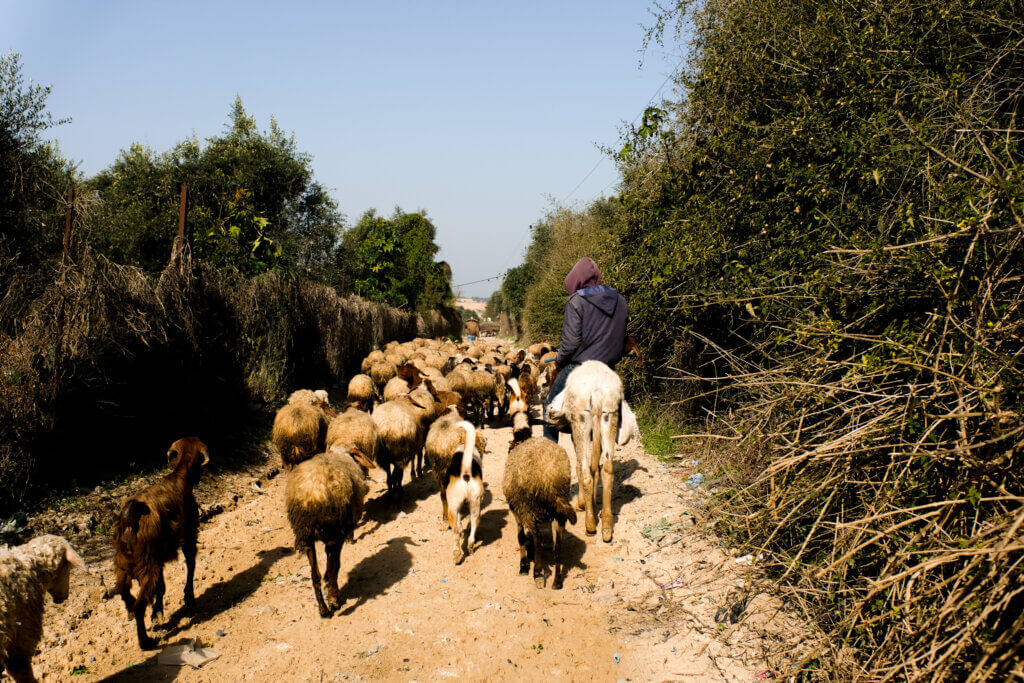
Bedouins and an-Naqab today
The Palestinians who managed to stay in an-Naqab have been prevented by Israel from practicing their way of living, traveling from one area to another following the rain and grass. They were given a measured space to live in. Something called a village.
After being the Kings of the Desert they were trapped and cornered from every direction. Some of these villages are not recognized by Israel for being built after the establishment of the country“Israel”. As if being the son of the desert and being rooted in it and having all that resemblance to the sand and mountains was all for nothing.
Israel’s policy towards these “unrecognized” Bedouin villages has been demolishing them. The Palestinians simply rebuild them. The Israelis demolish them again. The Palestinians rebuild them again. The irony is that the Israeli court orders the Palestinian natives to pay for the demolishing costs.
The exact number of these “unrecognized villages” is unknown. They are inhabited with almost 75,000 people. They lack any kind of infrastructure. Their kids travel long distances to get to schools.
Under community pressure Israel recognized about 21 Arab townships between 1994 and 2007.
Some of these villages were demolished over 100 times. For instance, Al Araqib village was destroyed 196 times. Usually, Israel refuses to let Palestinian Bedouins have running water or electricity or even to build schools or clinics.
Back in the early 1980s when my mom was about 10 she witnessed a funny-sad incident. An old man, who was originally from an-Naqab, finally managed to gather enough money to build a house made of concrete. He put the bricks close to the fence that separates Gaza from an-Naqab. “Why did you put them over there?” people asked him. He answered, “To build my house in my homeland.” He thought that the separation was temporary as his genes whispered softly to him.
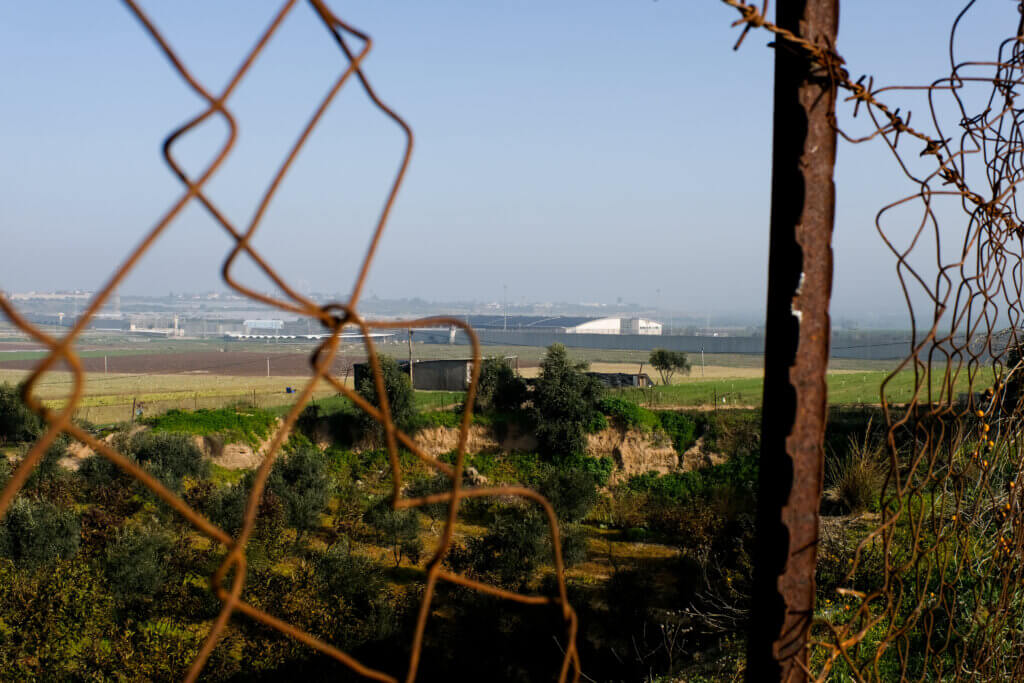
Suleiman al-Hathalin
One of those brave kings was a man called Suleiman al-Hathalin, 75. He was a refugee living close to Hebron some kilometers away from his homeland. Yet he could never reach it. This man was there in every protest against the Israeli aggression upon his people.
In spite of his weak bones, he would be standing and waving a Palestinian flag. Military jeeps surround him and soldiers order him to “fuck off”. But he was like an old palm tree, its roots deep inside the sand, a palm tree that knows how to bend easily with storms but never submit to intruders.
My grandfather died in 1993 here in Gaza at the age of 93. Away from his parents’ graves. Away from the land that he was born in. His namesake, Suleiman al-Hathalin, however, was murdered by Israel.
Suleiman was an old man with a long white beard, leaning on a stick, with Bedouin features. The first time I saw him he reminded me of Jesus. He was standing in the street holding the flag of Palestine in his hand when a settler driving a truck ran over him.

The offspring of the old kings
A common thing I have noticed among Bedouins here in Gaza is that they hunt every chance to express their Bedouin identity. They wear traditional clothes more often now. They try to own a camel even though they have a car. They refuse to lose their Bedouin or Palestinian identity.
They listen to the broadcasting of radio stations talk about Bedouins who live in an-Naqab or anywhere close to it. They brag to each other about how much land was under the control of their grandfathers.
They try to stay close to where they came from. Maybe that is why they tend to live by borders. They could at least take a glimpse through the fence at the vast land they are promised to return back to.
It is the nomadic life in my veins that keeps telling me that living in Gaza is only temporary. It is my blood that refuses to give into Israeli military rule. Or that we are now villagers and city people. Or that it is “okay” to be besieged. Or that we have to forget.
I guess Israel would be very disappointed to know that all its efforts, all its brutality, and all its aggression and demolition,to change our identity and who we are, have failed.
All photography by Mahmoud Nasser
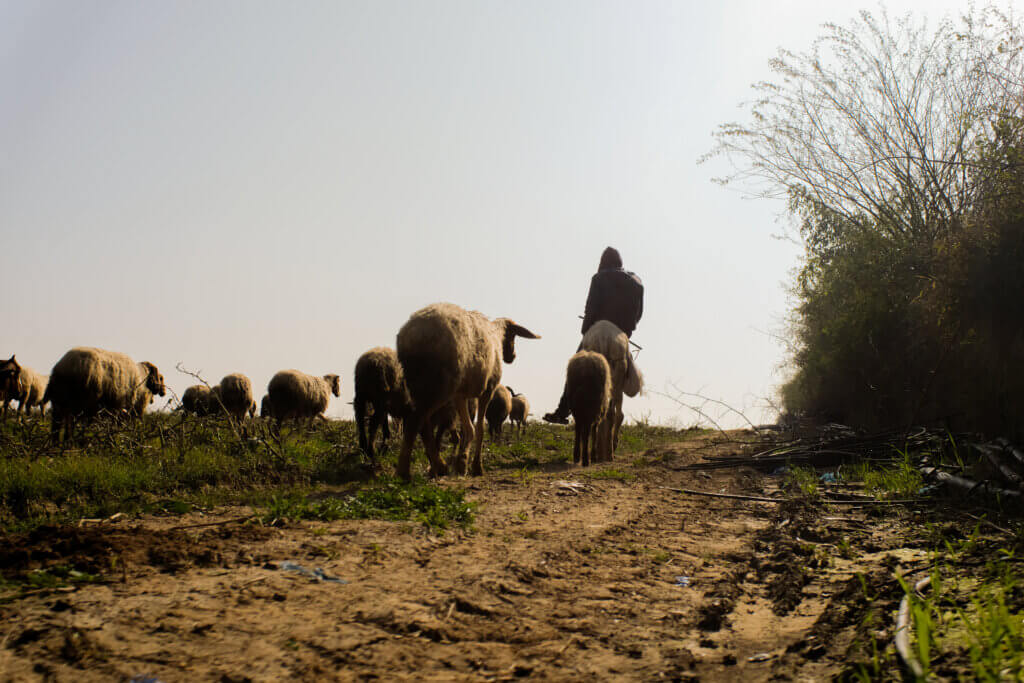
Doaa Alremeili
Doaa Alremeili is a Bedouin Palestinian woman from Gaza who has the sands of two deserts in her blood. She had her BA in Teaching the English language from the Islamic University of Gaza. She works in teaching from time to time and in translation services as a freelancer. She enjoys reading and writing in both Arabic and English languages. She is using her words as a sword to defend the Palestinian cause.
Mahmoud Nasser
Mahmoud Nasser is a documentary/street photographer born and raised in Gaza City. He was lucky to leave Gaza for Canada with his family during times of turmoil in 2008, but even luckier to see himself back in even worse times in 2021 after nearly 13 years of living abroad. His love for photography has seen him back in a place where many are literally dying to leave at the drop of a dime.
So where are the Palestinian voices in mainstream media?
Mondoweiss covers the full picture of the struggle for justice in Palestine. Read by tens of thousands of people each month, our truth-telling journalism is an essential counterweight to the propaganda that passes for news in mainstream and legacy media.
Our news and analysis is available to everyone – which is why we need your support. Please contribute so that we can continue to raise the voices of those who advocate for the rights of Palestinians to live in dignity and peace.
Palestinians today are struggling for their lives as mainstream media turns away. Please support journalism that amplifies the urgent voices calling for freedom and justice in Palestine.
Related posts:
Views: 0
 RSS Feed
RSS Feed

















 February 26th, 2022
February 26th, 2022  Awake Goy
Awake Goy 

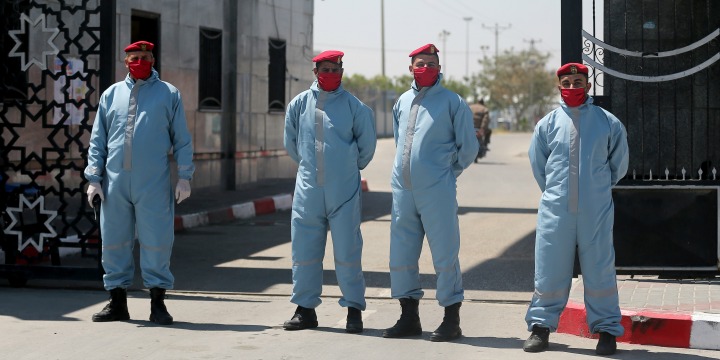



 Posted in
Posted in  Tags:
Tags: 
















